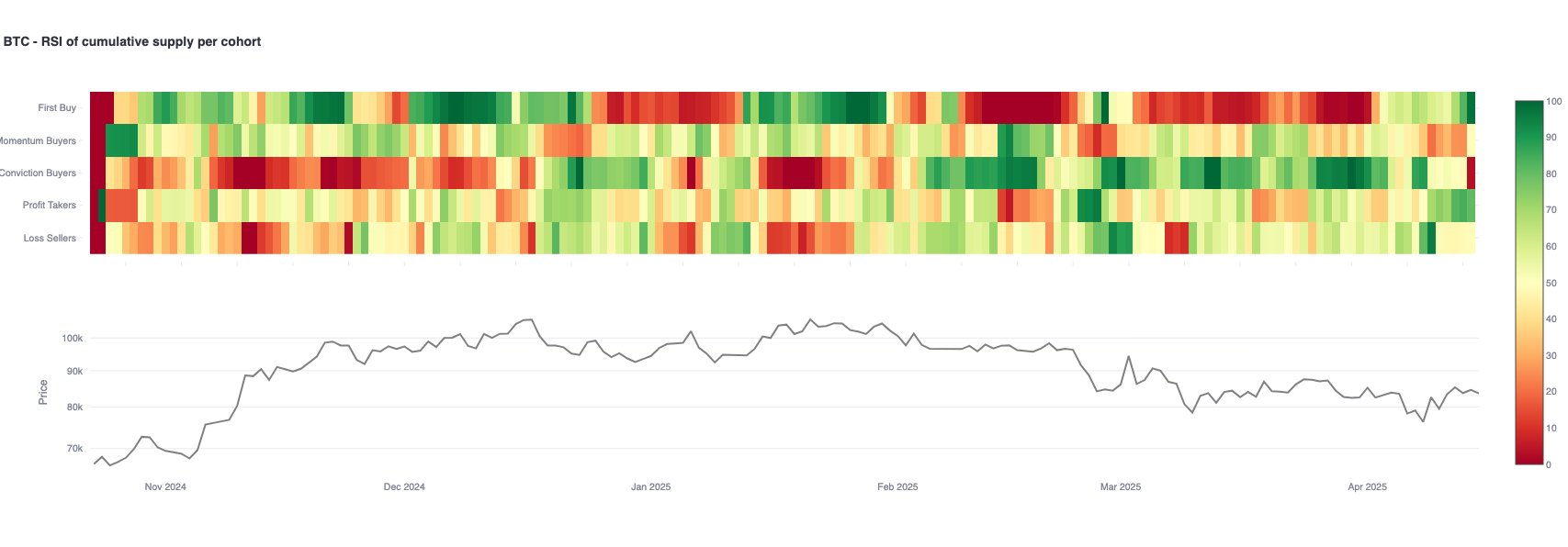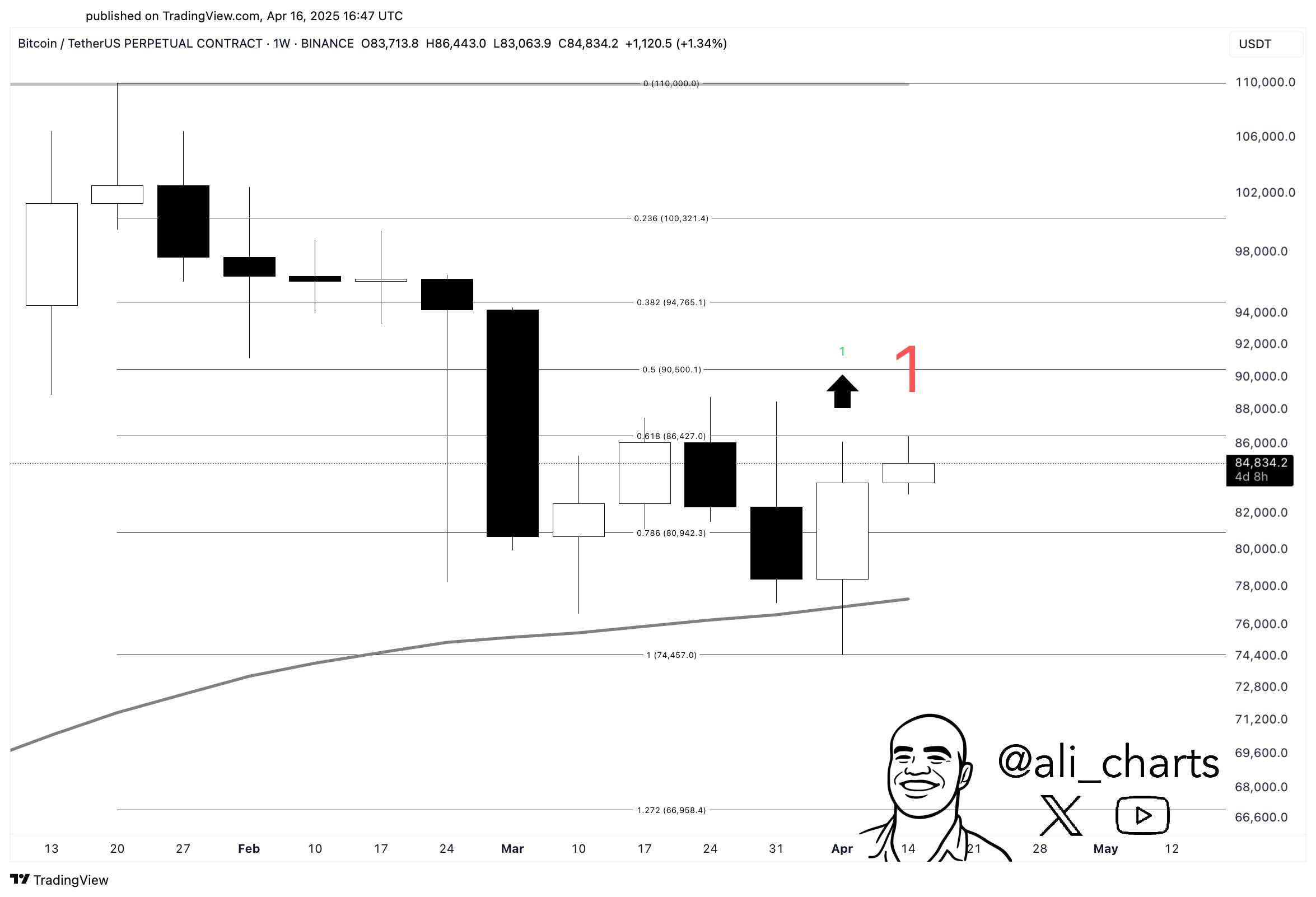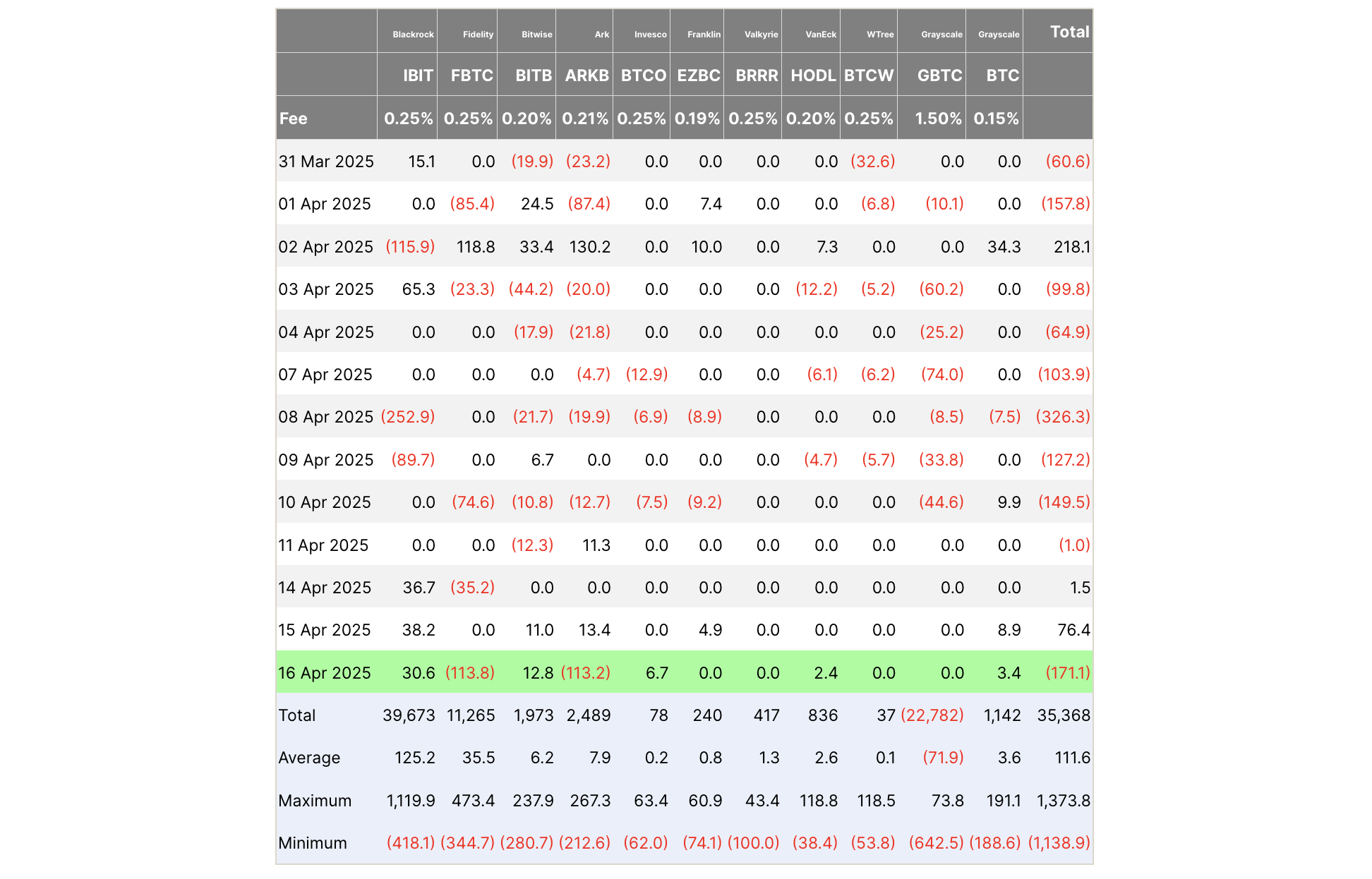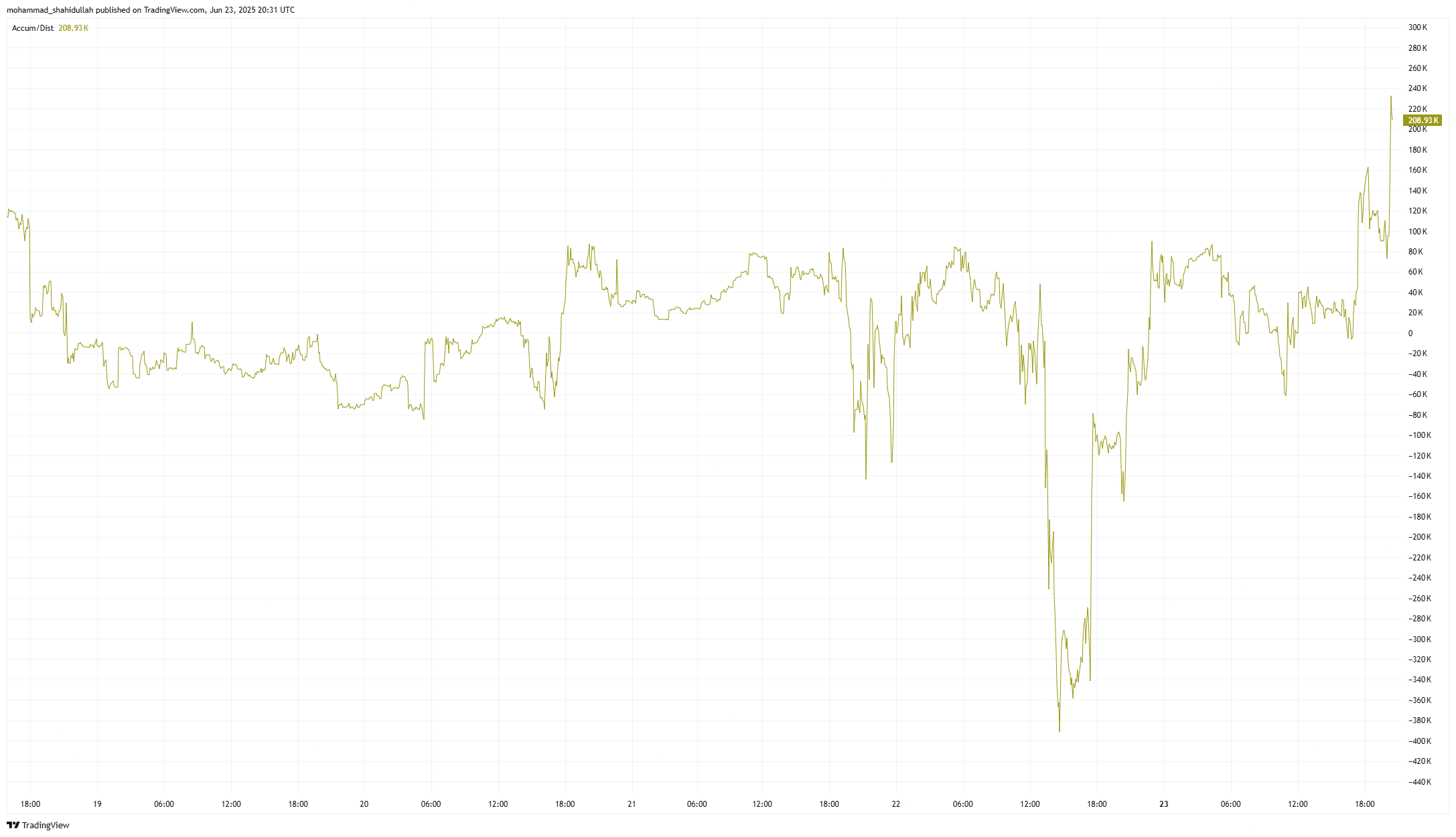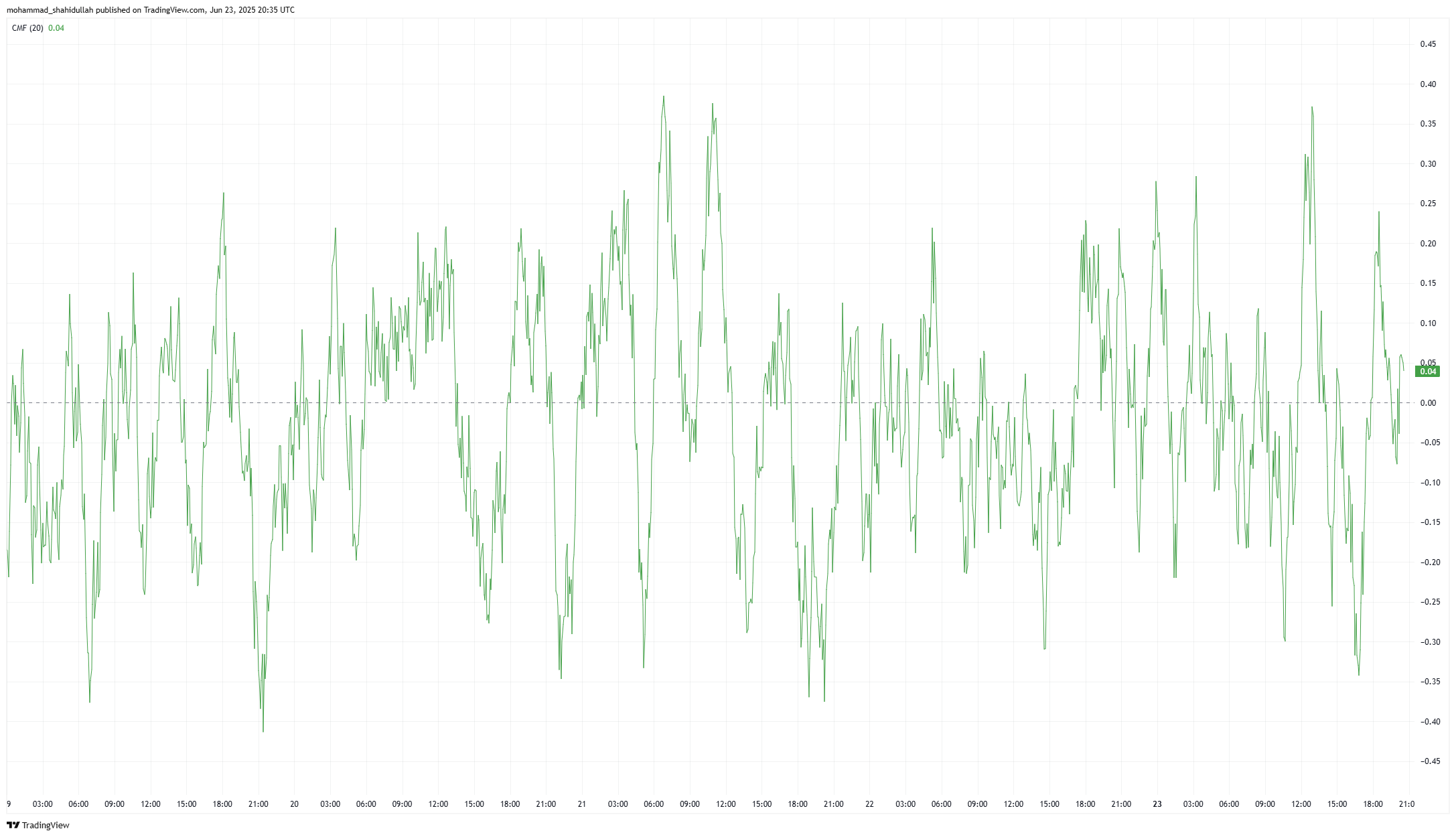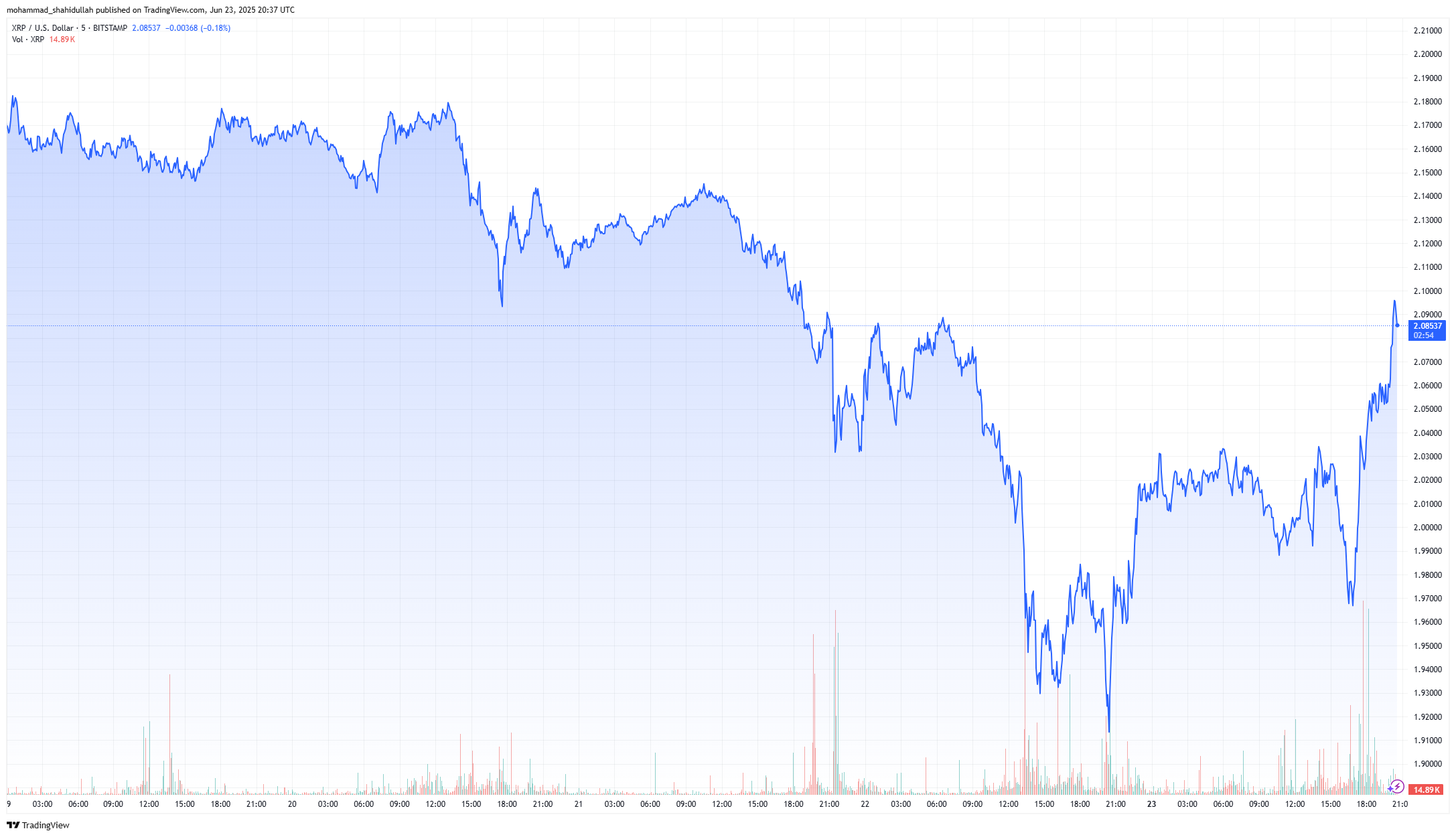Crypto has become a common currency in global espionage operations since the birth of Bitcoin. Bad actors increasingly use digital assets to finance illicit activity imperceptibly. However, law enforcement agencies aren’t taking the threat seriously enough.
Matthew Hedger, a former Central Intelligence Agency (CIA) officer and expert in anti-money laundering, insider risk, and organized crime, told BeInCrypto that state actors using crypto for global espionage isn’t new. Despite this, the United States is already over a decade behind in its ability to identify, track, and contain these cases.
Crypto’s Covert Rise in Global Espionage
Cryptocurrency use has always been tied, one way or another, to illicit activity. Its borderless nature and perceived untraceability have consistently made it a vital tool for illegal schemes.
The increasing number of cases coming to light that explicitly link cryptocurrency to bad actors only intensifies this troubling reality.
In 2023, Polish authorities dismantled a Russian spy ring of young, untrained agents recruited online for sabotage against Ukrainian aid, who received crypto payments.
By December 2024, the UK’s Operation Destabilize had broken up a multi-billion-dollar Russian-linked money laundering network. Entities like Smart Group used cash-to-crypto swaps to fund espionage, evade sanctions, and launder illicit proceeds globally.
Earlier this month, US prosecutors charged Russian national Iurii Gugnin with laundering over $530 million in cryptocurrency, allegedly funding Russian intelligence and bypassing sanctions.
Just last week, Reuters published an investigation on Laken Pavan, a Canadian teenager, who was arrested in Poland in May 2024 after confessing to spying for Russian intelligence and receiving Bitcoin payments from his handler.
While crypto is often seen as a tool for common criminals, state actors have been leveraging it since its inception.
A Veteran’s Perspective: Crypto as an Established Threat
Hedger, a former intelligence officer with 17 years of experience in the intelligence community at the CIA and the National Security Agency (NSA), asserts that rather than becoming a new medium for global espionage, crypto has been one for a long time.
“Maybe around 2013 [or] 2014, it really took off for intelligence agencies. All the big ones started using it heavily. So I think we’re a decade into it– not watching it happen. We’re already there,” he told BeInCrypto.
Hedger’s conviction is fueled by first-hand experience using Bitcoin for intelligence operations and seeing how other actors use it for state-sponsored activity.
Given its inherent characteristics, cryptocurrency is an almost natural fit for these activities.
“It’s just so much more amenable to an intelligence operation than fiat currency, mostly because of its cross-border capability. If I’m going to take more than $10,000 through an airport internationally, I’m risking getting caught. But I can put a hundred million dollars on a cold storage wallet on a compartmentalized thumb drive and walk through an airport with no problem,” Hedger added.
Though blockchain analytics has evolved significantly since Bitcoin was invented, it isn’t currently advanced enough to easily crack cases involving state-sponsored espionage.
Is Human Intel Key to Cracking Cases of Crypto Espionage?
In his analysis of different cases of global espionage, Hedger emphasized the importance of the human element in cracking some of these cases.
In the Pavan case, investigators had no starting point for their blockchain analysis until Pavan turned himself in. The key information he provided allowed them to follow the money trail.
“In a lot of these cases, it wasn’t like somebody sat down and analyzed the blockchain out there and said, ‘Oh, look, there’s this nefarious activity going on over here.’ A human, like this kid, said, ‘hey, I’m turning myself in, I’m talking to the cops,’ and pointed them towards the blockchain address first,” Hedger said.
Only once Pavan pointed investigators in the right direction did they find a $600 million umbrella wallet where the payments originated.
“But conversely, they still couldn’t actually attribute the $600 million to an owner. So I think it works very well once somebody points and says, ‘that pot over there is involved in something bad.’ But it’s extremely difficult to just look at the entire blockchain and say that there’s something bad over there,” Hedger added.
At the same time, certain details in the Pavan case made Hedger more aware of some of these Russian actors’ operational abilities.
Russia’s Calculated Carelessness
The Pavan case drew considerable scrutiny from security experts and analysts. Many characterized underaged spy recruits like Pavan as untrained and amateur, implying that Russia acted out of carelessness or desperation.
For Hedger, using a teenager as a spy was “immoral,” and the details of the case also indicated that Russia’s seemingly careless actions were, contrary to popular belief, calculated and intelligent.
Pavan received very small Bitcoin transfers through Telegram for his sustenance. They were especially minimal given that they originated from a fund worth over $600 million.
Although Pavan was recruited as a spy, he was given surprisingly little security, far less than an intelligence operative would normally have.
These details potentially indicate that Russian intelligence knew Pavan wasn’t fit for the job. After all, he did turn himself in under the influence of alcohol and in a vulnerable mental state.
Since Pavan was an amateur, Russian intelligence didn’t waste the more sophisticated tools in their toolbox on him.
“We know that the Russians can launder crypto correctly if they want to. The best techniques for protecting somebody are reserved for the ones that are extremely valuable, and that we trust not to expose that technique in our playbook, Hedger told BeInCrypto, adding, “And so they paid him very low, and they used their worst tradecraft because they thought it was highly likely that information would get out. And they were right.”
While the Pavan case illuminated Russia’s calculated approach to seemingly careless espionage, it simultaneously highlighted a stark reality about global preparedness.
How Underequipped is the US?
According to Hedger, the United States is dramatically lagging in tackling crypto espionage threats.
“We’re 10 to 15 years behind the game. It needed to change now 10 years ago. And right now, this problem is so huge. I don’t think people understand how large [it] is,” he said.
For him, the Iurii Gugnin case was the only one in the United States where investigators effectively and exhaustively combined blockchain forensics with traditional financial investigation techniques to piece together a $530 million espionage scheme. It was an exception to the rule.
“Right now, I have friends in law enforcement, and they’ll tell you, quote, ‘we only catch the dumb ones.’ And if it’s somebody who’s smart, it’s because there was a leak in the organization. A human being came and told us that we’re not catching the best ones based off of playing them at their own game,” Hedger added.
Multiple factors contribute to the United States’ inability to keep up.
The Need for New Expertise
For Hedger, there’s an enormous knowledge gap between criminal money launderers and investigators specialized in anti-money laundering.
“If you took somebody who is an anti-money laundering investigator, it’s not even likely that they could launder money by themselves at all,” he told BeInCrypto.
According to him, the only solution to this problem would be for law enforcement and intelligence agencies to work with former money launderers who operated using crypto.
“I think that we have not yet had a complete shift in the type of people that we hire on the law enforcement side to catch up with the type of people that are innovating on the laundering side,” Hedger said, adding, “If [criminals] launder money through NFTs, I think it would take a lot of investigators a while to even wrap their head around what an NFT is, let alone spot it out there on their own.”
Such an idea isn’t new for law enforcement agencies. They’ve often used confidential informants to gain intelligence on other operations, such as narcotics, organized crime, or counterterrorism.
However, this isn’t the only issue American intelligence leadership would have to address to make up for lost time.
The Arrogance of Underestimation
Hedger criticizes law enforcement’s arrogance and their unhelpful tendency to miscategorize those involved in cryptocurrency in money laundering as “stupid.”
“When we categorize the opposition as these unsophisticated Neanderthals and underestimate them, of course, we’re not going to notice the most sophisticated moves they’re making because it creates a cognitive blind spot,” he said.
After all, these are entities with abundant resources at their disposal.
“They’re multi-billion-dollar a month organizations that can hire the best help in the world to fix their problems like any large corporation does. And they certainly do that when it comes to laundering cryptocurrency,” Hedger added.
He attributes part of this issue to a disconnect in information between intelligence and law enforcement agencies.
While intelligence agencies began tracking cryptocurrency in espionage as early as Bitcoin’s invention in 2008, law enforcement has only recently started to connect the two.
“There’s a lot of stove piping in the intelligence community or in law enforcement. We don’t talk to each other very well, and a lot of times we don’t get along very well. And so intelligence agencies started using this, but it’s not like they were then informing law enforcement of what was going on. So I think law enforcement didn’t really show up to the game until Silk Road, maybe,” he said.
Better communication among the various agencies fighting the same battles will be crucial.
Will US Efforts Rise to the Occasion?
Since retiring from the CIA two years ago, Hedger has advocated for a shift in how American law enforcement handles crypto-related espionage cases. He has yet to see the necessary changes.
“[It’s] going to take a lot of cooperation that, in my opinion, does not exist at the moment,” he concluded.
Escalating global tensions will inevitably fuel a rise in espionage operations. Crucially, cryptocurrency’s role in these activities remains an unyielding and growing factor.
This threat raises the critical question of whether counter-espionage efforts will prove adequate to meet these increasing threats.
The post Former CIA Official Warns US Over Crypto Espionage Threat appeared first on BeInCrypto.




